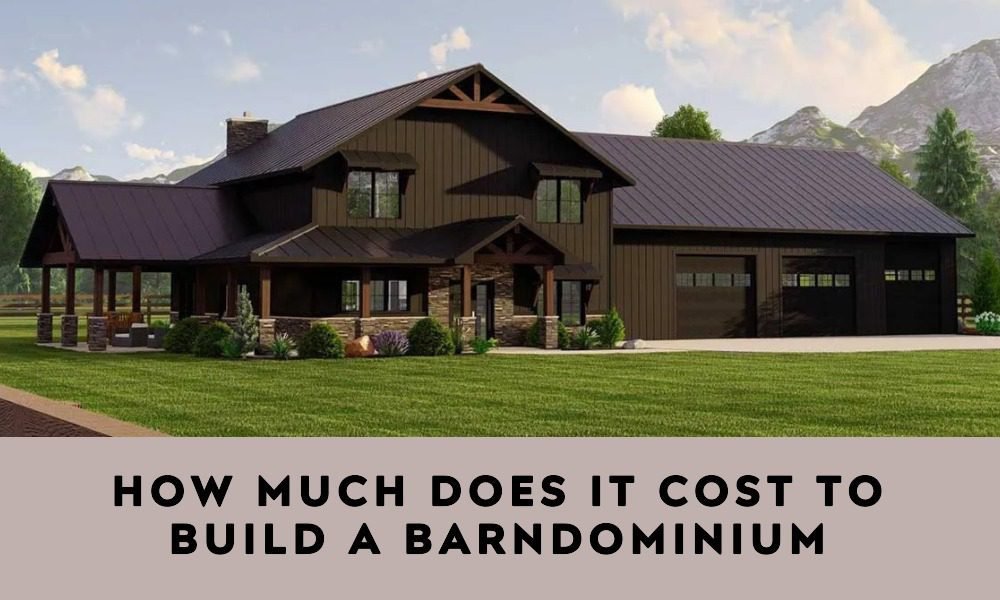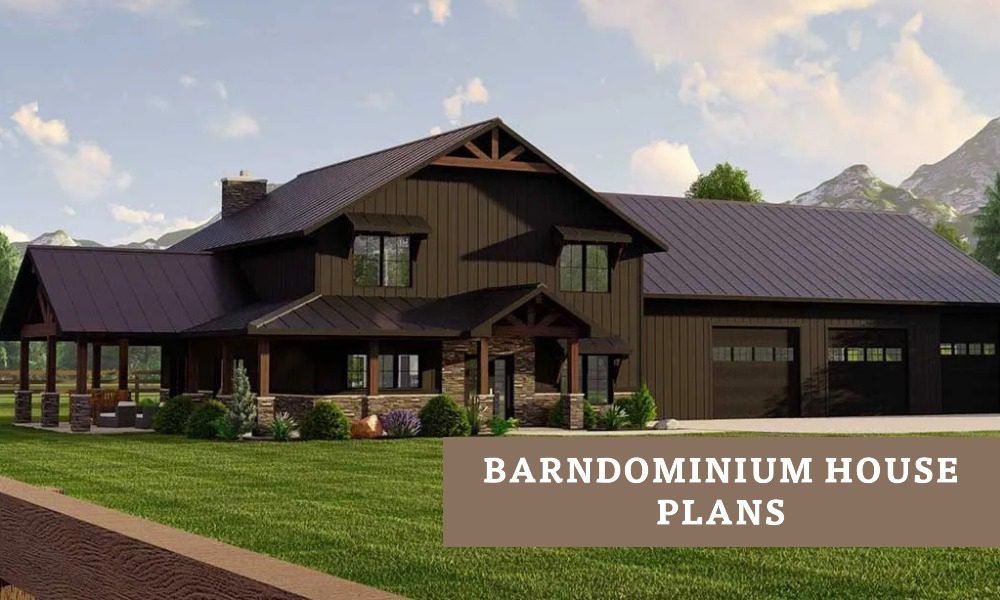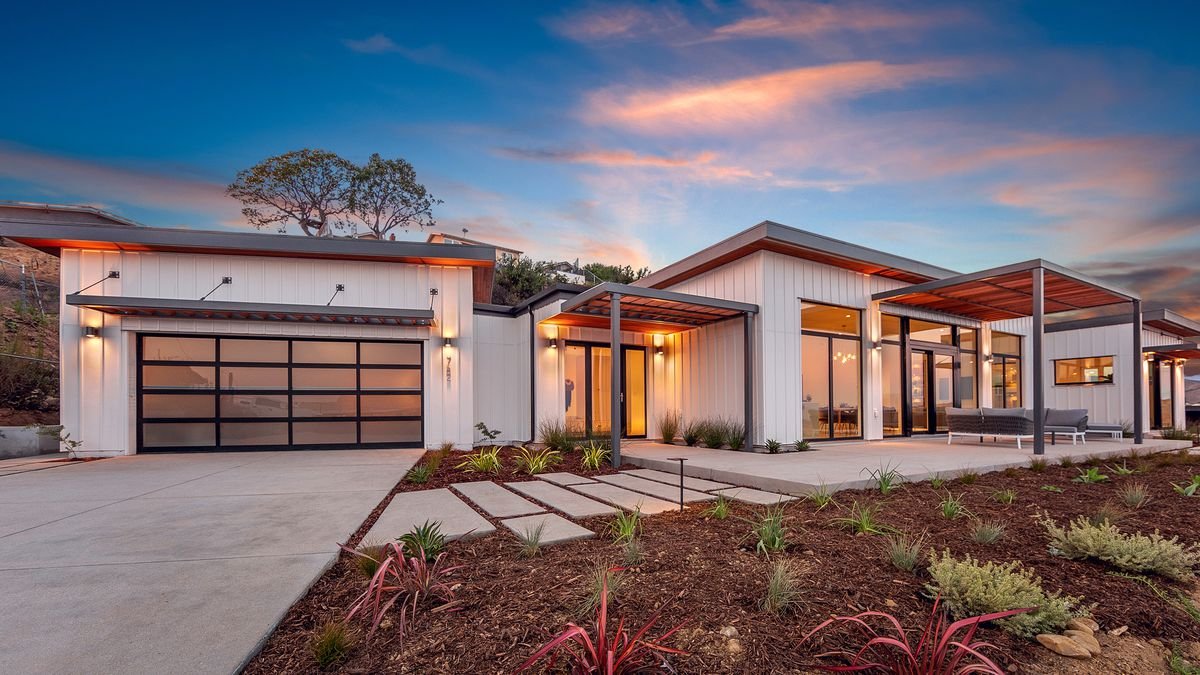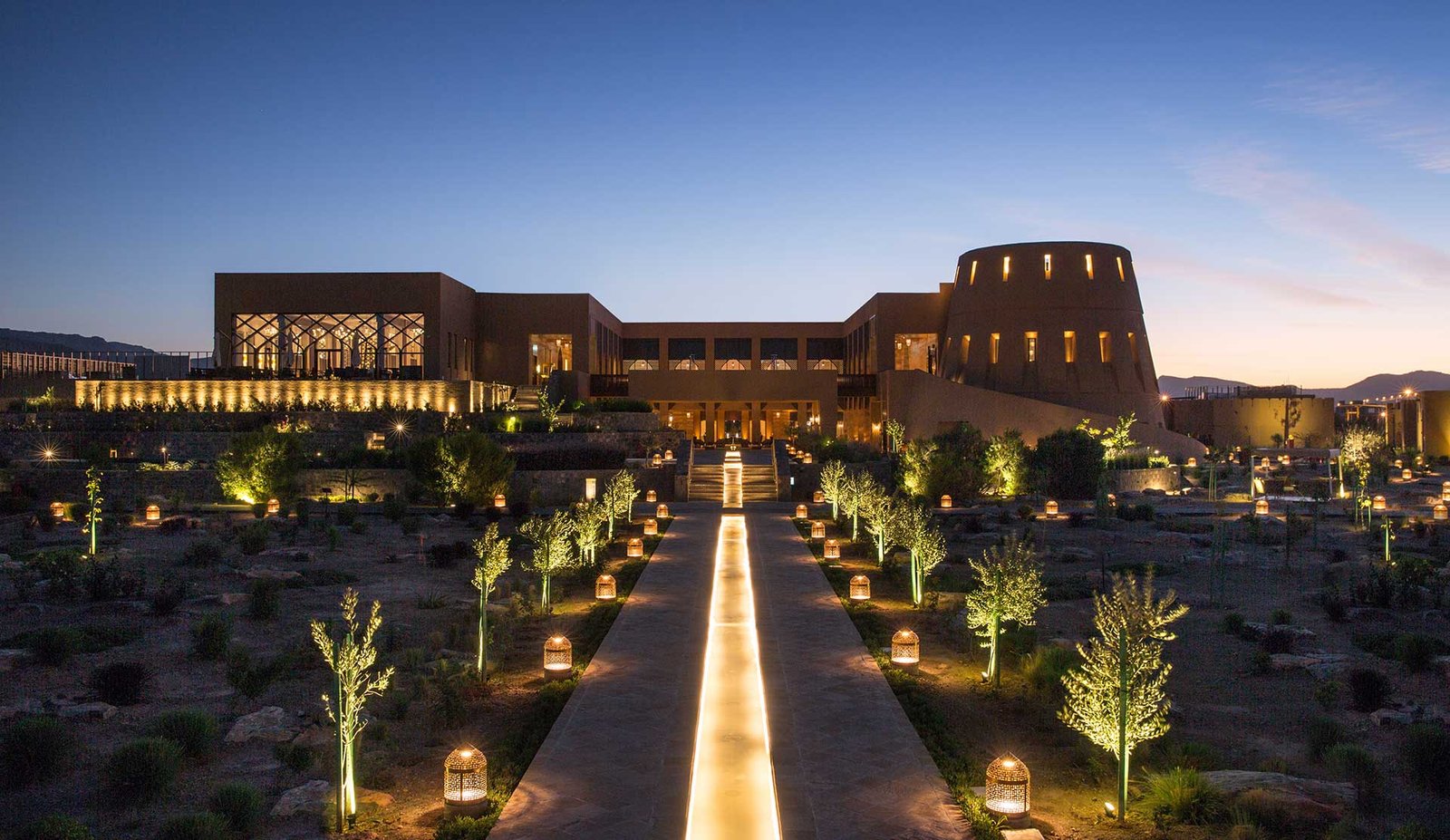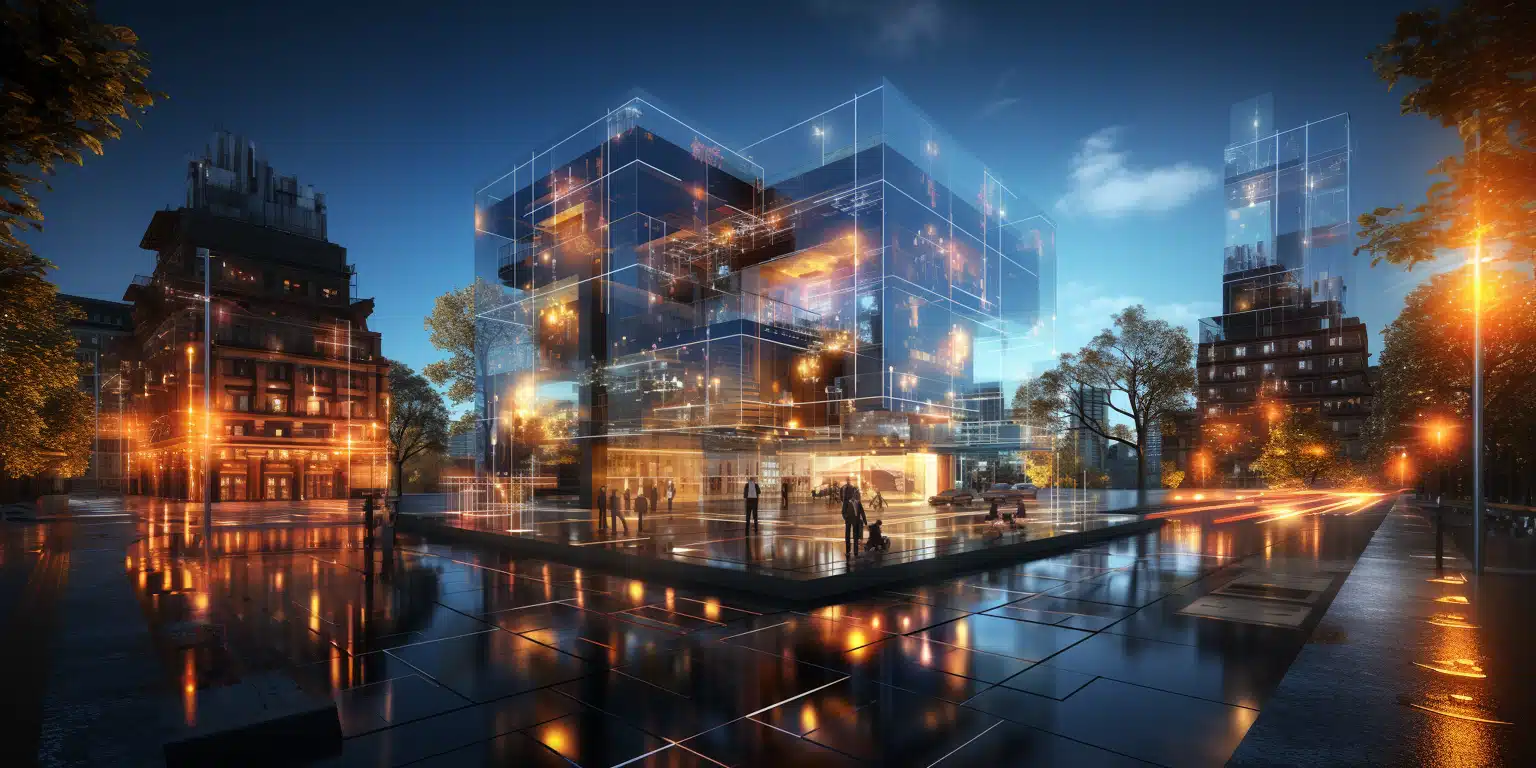
Harnessing Technology: Digital Tools in Architectural Design
In architectural design, technology is a powerful ally that continues to reshape the way architects conceive, visualise, and communicate their ideas. The digital age has ushered in a wave of innovative tools and techniques that have transformed the industry. So, this article will explore how digital tools, including 3D floor plan rendering services, are revolutionising architectural design, enhancing creativity, and improving efficiency.
Table of Contents
ToggleThe Evolution of Architectural Design
Architectural design has come a long way from hand-drawn blueprints and physical models. Today, architects harness the power of cutting-edge digital tools to create, modify, and visualise their designs. This evolution has opened up new horizons, allowing architects to push the boundaries of creativity.
Visualisation With 3D Floor Plan Rendering Services
One of the most remarkable advancements in architectural design is the introduction of 3D floor plan rendering services. These services provide architects with the ability to transform 2D floor plans into immersive, three-dimensional representations. The benefits of 3D rendering are profound:
- Enhanced Visual Communication: 3D renders offer a level of realism that 2D drawings cannot match. This means architects can effectively communicate their ideas to clients, builders, and stakeholders, fostering a deeper understanding of the design vision.
- Improved Design Accuracy: 3D rendering allows architects to spot potential design flaws and issues before construction begins. This minimises costly errors and revisions, saving both time and resources.
- Client Engagement: Clients can now explore their future spaces in 3D, making it easier for them to provide feedback and make informed decisions. This collaborative approach strengthens the client-architect relationship.
Virtual Reality (VR) and Augmented Reality (AR)
Digital tools go beyond static 3D renders. Architects are now embracing Virtual Reality (VR) and Augmented Reality (AR) technologies to immerse themselves and clients in virtual architectural spaces. VR allows architects and clients to ‘walk through’ designs, experiencing spaces as if they were physically present. AR overlays digital information on the real world, making it ideal for on-site design evaluations.
These technologies not only enhance the design process but also evoke emotions by allowing stakeholders to ‘feel’ the space before it’s built. The sense of being inside a future building can spark excitement and confidence in the design, which is invaluable.
Sustainability and Environmental Analysis
Digital tools are also instrumental in addressing sustainability concerns. Architects can use software to simulate how a building will interact with its environment, optimising energy efficiency and minimising environmental impact. This not only aligns with the growing emphasis on eco-friendly design but also evokes a sense of responsibility towards the planet.
Collaboration and Remote Work
The digital transformation of architectural design has facilitated collaboration on a global scale. Architects can work seamlessly with teams and clients across distances, sharing ideas and designs in real-time. This fosters a sense of global interconnectedness and creativity, breaking down geographical barriers.
Conclusion
The integration of digital tools in architectural design has ushered in a new era of creativity, efficiency, and sustainability. From 3D floor plan rendering services to VR and AR technologies, these tools not only improve design accuracy but also enhance communication and collaboration. Architects can now create immersive, environmentally conscious spaces that resonate with clients and stakeholders on a profound level. As technology continues to evolve, architectural design will push the boundaries of what’s possible. As such, these advancements not only transform the way buildings are designed but also evoke a sense of wonder and innovation that defines the future of architecture. The digital age is indeed shaping the architectural world, and the journey is one of limitless possibilities.

Michelle Joe is a blogger by choice. She loves to discover the world around her. She likes to share her discoveries, experiences, and express herself through her blogs.

